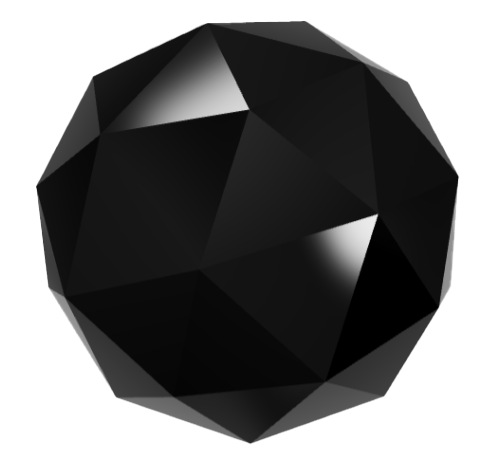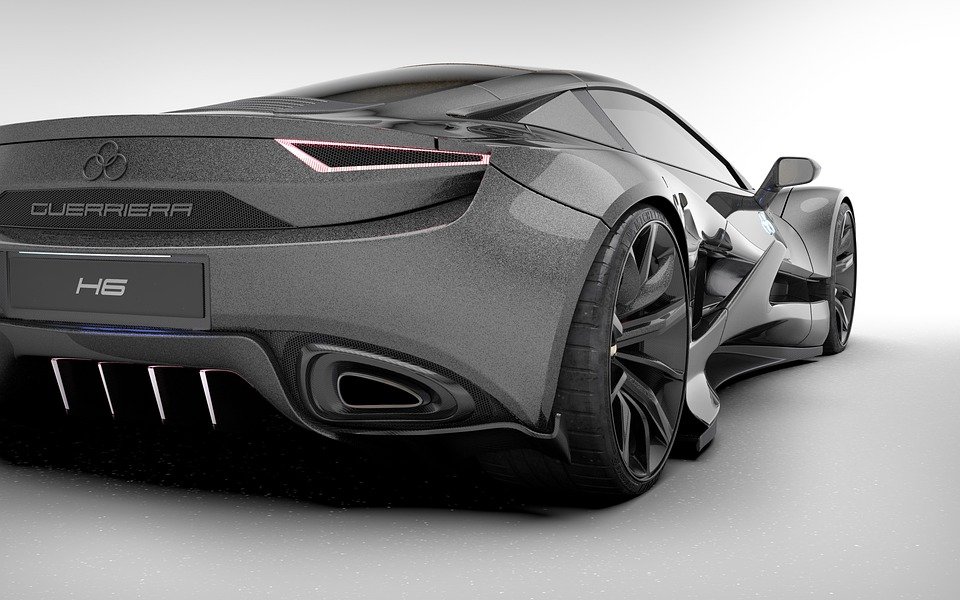Introduction: The Intersection of Art and Technology
In the ever-evolving landscape of art and technology, NFTs (Non-Fungible Tokens) have emerged as a powerful medium for artists to express their creativity and connect with audiences worldwide. Among the most captivating forms of NFTs are 3D creations that push the boundaries of imagination and digital artistry. At the forefront of this revolution is Mint, a platform that showcases some of the most stunning 3D NFT creations. In this article, we will meet the talented artists behind these mesmerizing works and explore their inspirations, techniques, and the stories that breathe life into their art.
The Magic of 3D NFT Art
3D NFT art combines traditional artistic skills with modern technology, resulting in dynamic visual experiences that are both immersive and interactive. Unlike static images, 3D designs allow for depth and movement, inviting viewers to engage with the artwork in a way that was previously unimaginable. This innovation has opened new avenues for artists, enabling them to create pieces that tell stories, evoke emotions, and transport audiences to fantastical realms.
Meet the Artists
1. Ava Chen: The Dream Weaver
Ava Chen is a visionary artist whose 3D creations often draw from the surreal and dreamlike aspects of life. With a background in fine arts and digital design, Ava seamlessly blends vibrant colors and ethereal landscapes to craft immersive experiences. Her most notable work, “Elysian Dreamscape,” features a lush, otherworldly garden inhabited by fantastical creatures. This piece not only showcases her technical prowess but also reflects her fascination with the subconscious mind.
2. Leo Ramirez: The Architectural Innovator
Leo Ramirez is an architect turned digital artist whose 3D NFTs challenge conventional perceptions of space and structure. His collection, “Urban Fantasia,” features intricately designed urban landscapes that defy gravity and logic. Leo’s work is a commentary on modern architecture’s relationship with nature, as he incorporates organic elements into his geometric designs. His striking visuals invite viewers to question the boundaries between the natural and built environments.
3. Maya Patel: The Emotional Storyteller
Maya Patel is known for her evocative 3D narratives that explore themes of identity, connection, and the human experience. Her piece, “Fragments of Us,” presents a series of interconnected figures that morph and change shape, symbolizing the fluid nature of relationships. Maya’s work resonates deeply with audiences as it captures the essence of shared experiences and emotions. Her ability to weave personal stories into her art sets her apart in the NFT space.
4. Jordan Lee: The tech Visionary
Jordan Lee’s approach to 3D NFT art is heavily influenced by technology and data visualization. As a former software engineer, Jordan infuses his creations with algorithmic patterns and dynamic movements. His piece, “Data Stream,” visualizes the flow of information in our digital age, transforming data points into a stunning 3D spectacle. Jordan’s work highlights the intersection of art, technology, and society, encouraging viewers to reflect on their relationship with the digital world.
5. Sofia Kim: The Nature Enthusiast
Sofia Kim draws inspiration from the natural world, creating breathtaking 3D environments that celebrate the beauty of flora and fauna. Her series, “Ecosystem Reverie,” features meticulously crafted representations of endangered species and their habitats. Each piece serves as both an artistic expression and a call to action for environmental conservation. Sofia’s passion for nature shines through her work, inviting viewers to appreciate the delicate balance of ecosystems.
The Creative Process: From Concept to Creation
The journey from idea to finished 3D NFT is a complex and rewarding process for these artists. While the specifics of their workflows may differ, several common steps emerge:
1. Inspiration and Ideation
Each artist begins with a spark of inspiration, whether it’s a personal experience, a social issue, or a visual concept. This initial idea often evolves through brainstorming and sketching, allowing artists to explore different directions before committing to a final concept.
2. 3D Modeling
Using specialized software like Blender or Maya, artists create detailed 3D models of their designs. This stage requires a keen Eye for detail and an understanding of form, texture, and lighting. The models are built layer by layer, often taking hours or even days to perfect.
3. Texturing and Rendering
Once the models are complete, artists apply textures and materials to bring their creations to life. This step involves selecting colors, patterns, and surface finishes that enhance the visual impact of the piece. After texturing, the models are rendered to produce high-quality images or animations.
4. Minting as NFTs
With the visual elements in place, artists then mint their creations as NFTs on blockchain platforms. This process ensures that their work is unique and securely recorded, allowing them to sell and share their art with collectors worldwide.
5. promotion and Engagement
After minting, artists actively promote their work through social media, online galleries, and NFT marketplaces. Engaging with their audience is crucial, as it fosters a sense of community and connection. Many artists host virtual exhibitions and live streams to discuss their art and share their creative journeys.
The Impact of 3D NFTs on the Art World
The rise of 3D NFTs has significantly transformed the art world, providing artists with new opportunities for expression and income. Unlike traditional art forms, NFTs offer a direct pathway for creators to sell their work without intermediaries, ensuring they receive fair compensation for their efforts. This democratization of the art market empowers emerging artists and allows diverse voices to flourish.
Moreover, 3D NFTs have redefined the way audiences experience art. Viewers can interact with pieces in immersive virtual environments, creating a sense of presence that transcends physical limitations. This shift towards digital engagement also means that art can reach a global audience, breaking down geographical barriers and fostering cross-cultural dialogue.
Challenges and Opportunities
Despite the exciting prospects of 3D NFTs, artists face several challenges in this rapidly changing landscape. The technical skills required to create high-quality 3D art can be daunting for newcomers, and the saturated market means that standing out is more challenging than ever.
Additionally, environmental concerns surrounding blockchain technology have sparked debates about the sustainability of NFTs. Artists are increasingly exploring eco-friendly alternatives and advocating for practices that minimize their carbon footprint.
Looking Ahead: The Future of 3D NFT Art
As technology continues to advance, the future of 3D NFT art holds incredible potential. Artists are likely to explore augmented reality (AR) and Virtual reality (VR) experiences, allowing audiences to engage with their work in even more immersive ways. Collaborative projects between artists, technologists, and brands will also become more common, pushing the boundaries of creativity and innovation.
Conclusion: Celebrating Creativity in the Digital Age
The artists behind Mint’s stunning 3D NFT creations are pioneers in a new era of art, where creativity knows no bounds. Their unique perspectives and innovative techniques inspire us to embrace the fusion of art and technology, encouraging us to explore the limitless possibilities that lie ahead. As we celebrate their work, we also recognize the vibrant community of artists, collectors, and enthusiasts who continue to shape the future of digital art.
FAQs
1. What is an NFT?
An NFT, or Non-Fungible Token, is a unique digital asset that represents ownership of a specific item or piece of content, often secured on a blockchain. Unlike cryptocurrencies, NFTs cannot be exchanged on a one-to-one basis due to their unique properties.
2. How do I purchase a 3D NFT?
To purchase a 3D NFT, you typically need a digital wallet that supports cryptocurrency. You can then browse NFT marketplaces, select the desired piece, and complete the transaction using the cryptocurrency accepted by the platform.
3. Are 3D NFTs environmentally friendly?
The environmental impact of NFTs is a topic of debate, as many blockchain networks consume significant energy. However, some artists and platforms are exploring eco-friendly alternatives and practices to mitigate their carbon footprint.
4. Can I create my own 3D NFT art?
Yes! With the right tools and software, anyone can create their own 3D NFT art. There are numerous online tutorials and resources available to help you learn the skills needed to bring your artistic vision to life.
5. What platforms are popular for minting 3D NFTs?
Popular platforms for minting 3D NFTs include Opensea, Rarible, and Mintable. Each platform has its own features, fees, and community, so it’s worth exploring multiple options to find the right fit for your artwork.
Discover more from The Meteyeverse
Subscribe to get the latest posts sent to your email.

